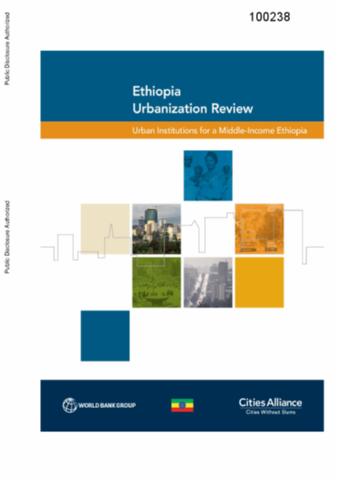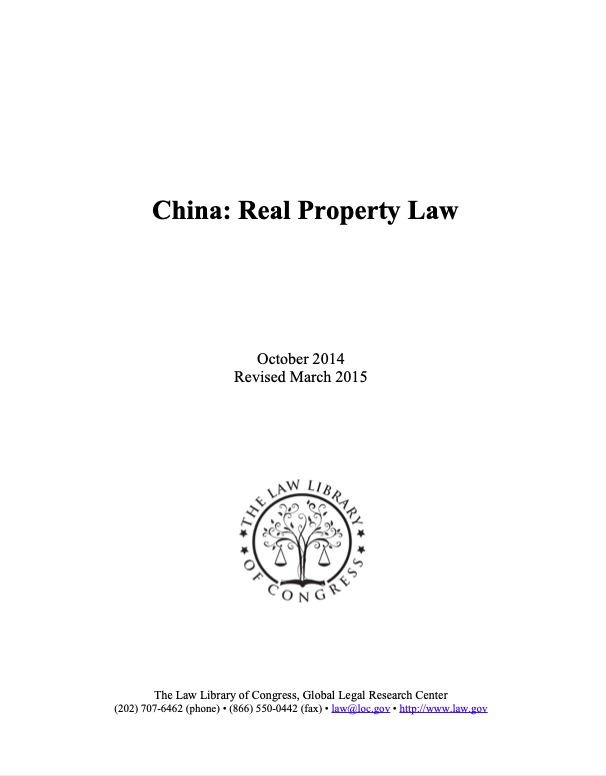Microsimulation of urban land use
The project ILUMASS (Integrated Land-Use Modelling and Transportation System Simulation) aims at embedding a microscopic dynamic simulation model of urban traffic flows into a comprehensive model system incorporating both changes of land use and the resulting changes in transport demand. The land-use component of ILUMASS will be based on the land-use parts of an existing urban simulation model, but is to be microscopic like the transport parts of ILUMASS.
Capitalization of Productivity Growth in Urban Land Rent
The first order effect of a productivity increment in the output sector of a monocentric city which increase wages in the city is exactly capitalized in the increment in land rent in the city. We observe this result in the "open city" model in which a worker's utility level in city i is determined outside of city i.
Role of innovation in meeting food security challenges
Global food production must ramp up in the face of enormous challenges. We are all familiar with many of the key metrics surrounding the central food security challenge: By the year 2050, the earth’s population is expected to soar from the current 7bn about 9.6bn. It is estimated that in the next 40 to 50 years, we will need to produce as much food as was necessary in the previous 10,000.
The devolution of the land and building tax in Indonesia
In order to stimulate revenue mobilisation and local autonomy, some governments decentralise property taxes to the municipal level. Indonesia did so in a gradual process between 2010 and 2014, transferring responsibility for the rural and urban land and building tax to its nearly 500 cities and districts. But has this so-called devolution led to strengthening the property tax as a source of public revenue? The present study explores whether decentralisation leads to a better use of the land and building taxation potential in Indonesia.
Urban Land Markets and Urban Land Development: an Examination of Three Brazilian Cities: Brasília, Curitiba and Recife
This paper synthesizes and extends the results of urban land market studies carried out in three Brazilian cities – Brasília, Curitiba and Recife. The purpose of the studies is to empirically assess the performance of urban land markets in different cities and to gauge the feasibility of applying the Land Market Assessment methodology in Brazil.
Ethiopia Urbanization Review : Urban Institutions for a Middle-Income Ethiopia
The urban population in Ethiopia is increasing rapidly. If managed proactively, urban population growth presents a huge opportunity to shift the structure and location of economic activity from rural agriculture to the larger and more diversified urban industrial and service sectors. If not managed proactively, rapid urban population growth may pose a demographic challenge as cities struggle to provide jobs, infrastructure and services, and housing.
Option values on periurban land markets
We study the developable land market in French periurban and rural areas under urban influence. Theoretical aspects and empirical results are derived from urban economics to analyse the main determinants of the price of developable land: distance from the urban centres, population, inhabitantsí income, etc. We focus especially on option values that come from irreversibility of development of farmland into residential plots, with uncertainly and inflow of information from the market.
Marx's Ground Rent Theory and Innovation of China’s Urban Land System
China’s traditional urban land system is established in highly centralized planned economy. This system negates functions of value law and economic law fundamentally, so it is not favorable for establishment of market mechanism and development of market economy. This study took Marx’s ground rent theory as guidance, combined existing problems of China’s land use system, and made analysis on innovation of China’s urban land system from property right system, land market and land price.
Urban land use
We provide an integrated treatment of the theoretical literature on urban land use inspired by the monocentric model, including extensions that deal with multiple endogenous business centres, various dimensions of heterogeneity, and durable housing. After presenting the theory and distilling its key empirical implications, we critically review the empirical literature on differences in prices and development across urban locations, patterns of location choices of heterogeneous households in cities, sprawl and residential decentralization, and employment decentralization.
China: Real Property Law
Individuals cannot privately own land in China but may obtain transferrable land-use rights for a number of years for a fee. Currently, the maximum term for urban land-use rights granted for residential purposes is seventy years. In addition, individuals can privately own residential houses and apartments on the land (“home ownership”), although not the land on which the buildings are situated.
The “sowing of concrete”: Peri-urban smallholder perceptions of rural–urban land change in the Central Peruvian Andes
Policy makers concerned with the peri-urban interface find their greatest challenges in the rapid urban growth of developing mountain regions, since limitations caused by relief and altitude often lead to an increased competition between rural and urban land use at the valley floors. In this context, little attention has been paid to the affected agriculturalists’ perceptions of peri-urban growth—important information required for the realization of sustainable land use planning. How is the process of rural–urban land change perceived and assessed by peri-urban smallholder communities?




